Singapore. Part One. Details
There are an overwhelming number of details in Singapore. It is impossible to imagine how this microscopic city-state managed to contain so many fascinating little things.
There’s a belief that in Singapore, there are severe fines for jaywalking. Is it true? According to the law, the first offense carries a fine of 25 Singapore dollars, while repeat violations can result in fines up to 1000 dollars and 3 months of imprisonment.
In reality, this law doesn’t quite work. Offenders are caught, but everyone crosses the road regardless. How can you easily spot a foreigner in Singapore? They wait at the traffic light until it turns blue. The locals calmly cross on red.
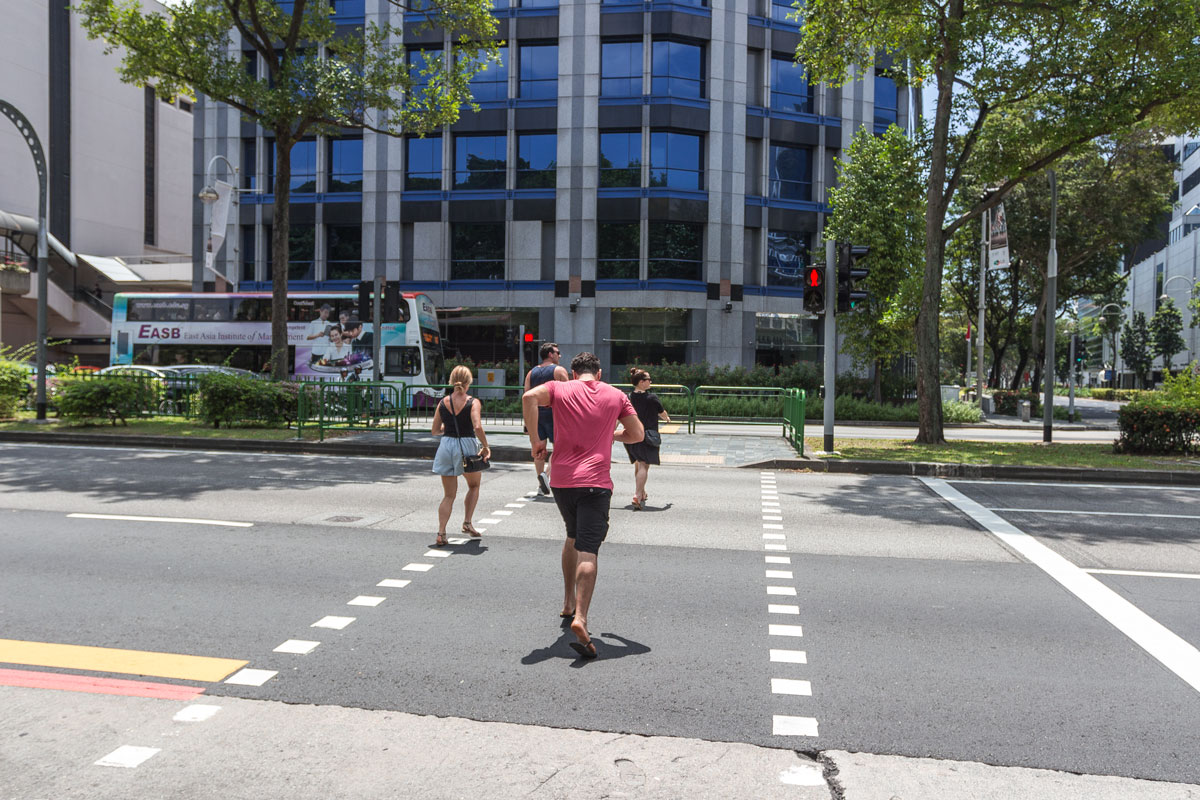

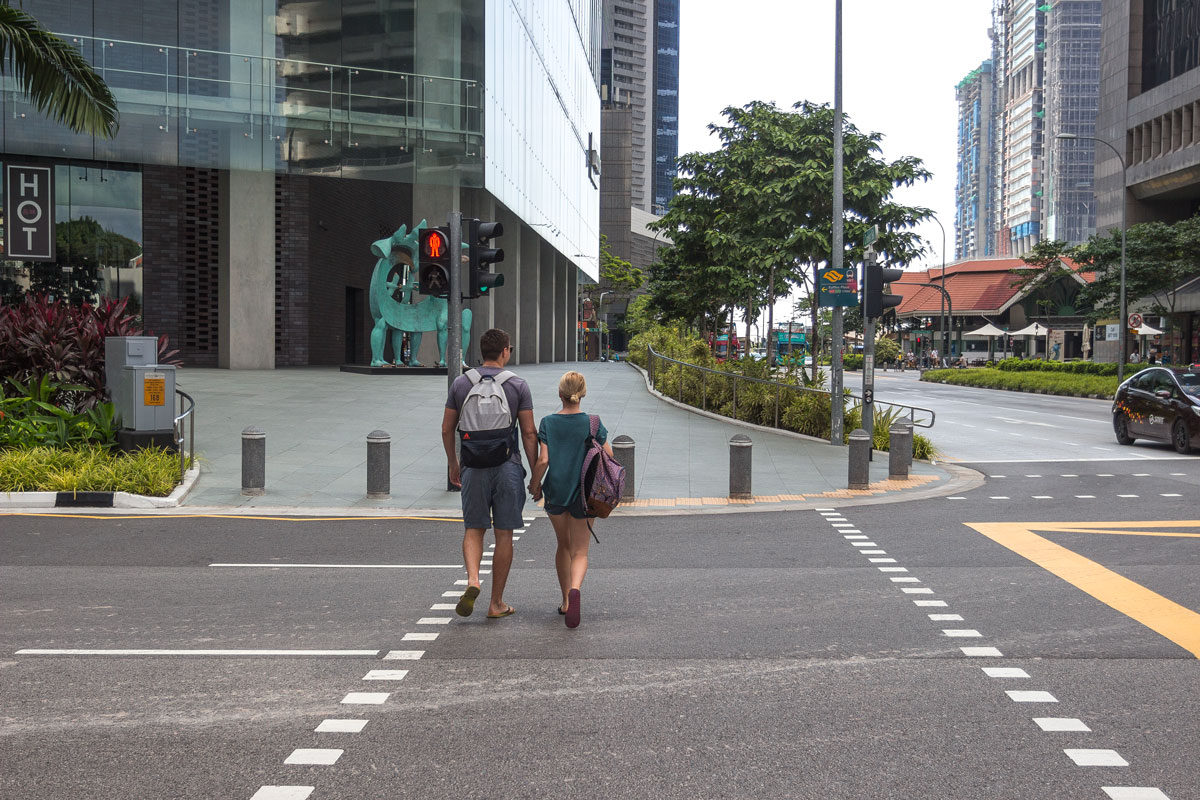
Warning: “Unathorised or illegally parked motorcycles will be wheel-clamped. Release fee: $50.”
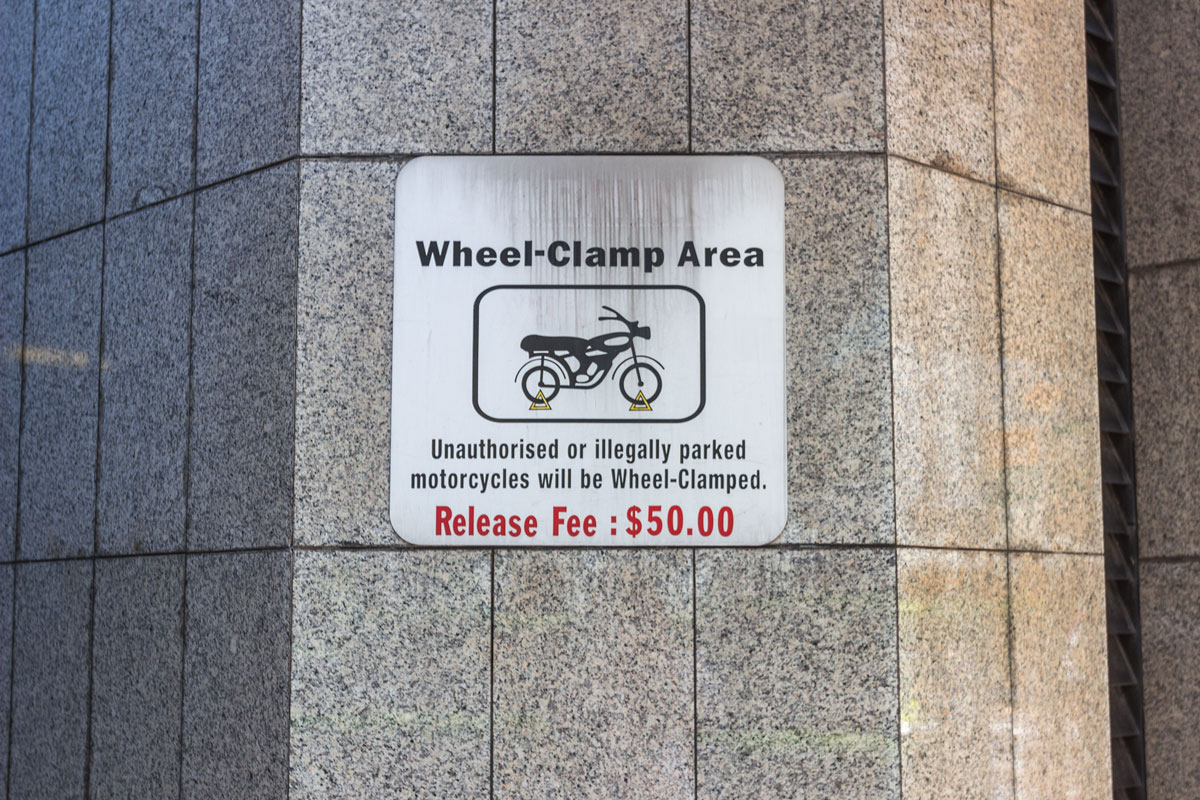
In another location, there is the same sign, but the fine is already 100 dollars. In the next one, it’s 200 dollars. The fines are set by the parking lot owners as a penalty for violating the rules of private property usage.


Another myth about Singapore is its exceptional cleanliness of the streets. No, the streets here are indeed extremely clean, but not cleaner than, let’s say, Berlin.
At the same time, the laws are again absolutely insane. Firstly, the fine for littering a cigarette butt starts at 300 dollars and can reach several thousand for repeat offenses. Secondly, the sale of chewing gum is prohibited in the country to prevent chewing and spitting on the sidewalks. Only medical and nicotine gums are allowed. The fine for spitting is 700 dollars. Well, topping the list of madness is the fine for not flushing in a public toilet: a fine of 150 dollars.
It’s difficult to provide exact figures for the fines, as each source inexplicably provides its own. However, the essence remains the same: Singapore has a huge number of completely idiotic laws that don’t actually work. After Friday night drinking, everything is littered with cigarette butts and garbage. I am once again convinced: cleanliness is where cleaning is done.
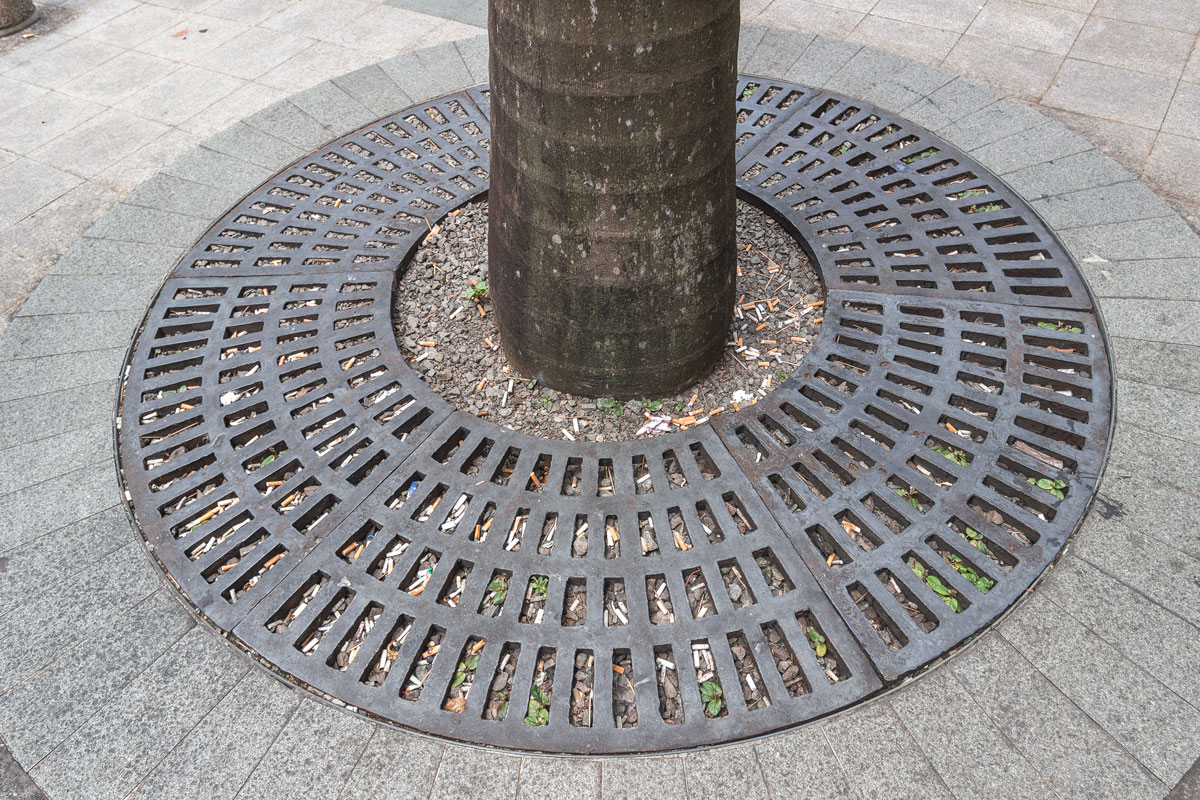
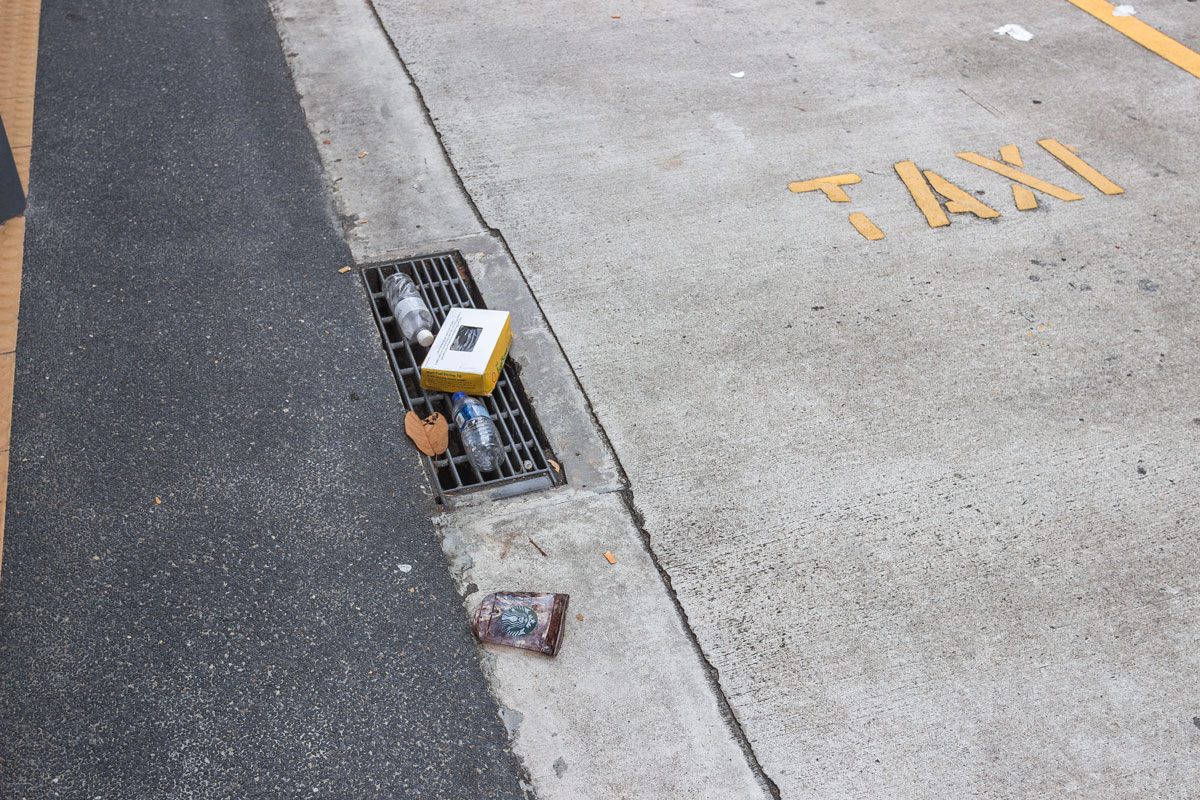
Singapore is an exceptionally meticulous city. Every detail is meticulously worked out here, London doesn’t even come close.
For example, here’s a traffic light with instructions. Can you imagine that?
“Red — do not cross. Green — you may cross, but remember to exercise caution. Flashing green — do not start crossing. Press the button for green light.”
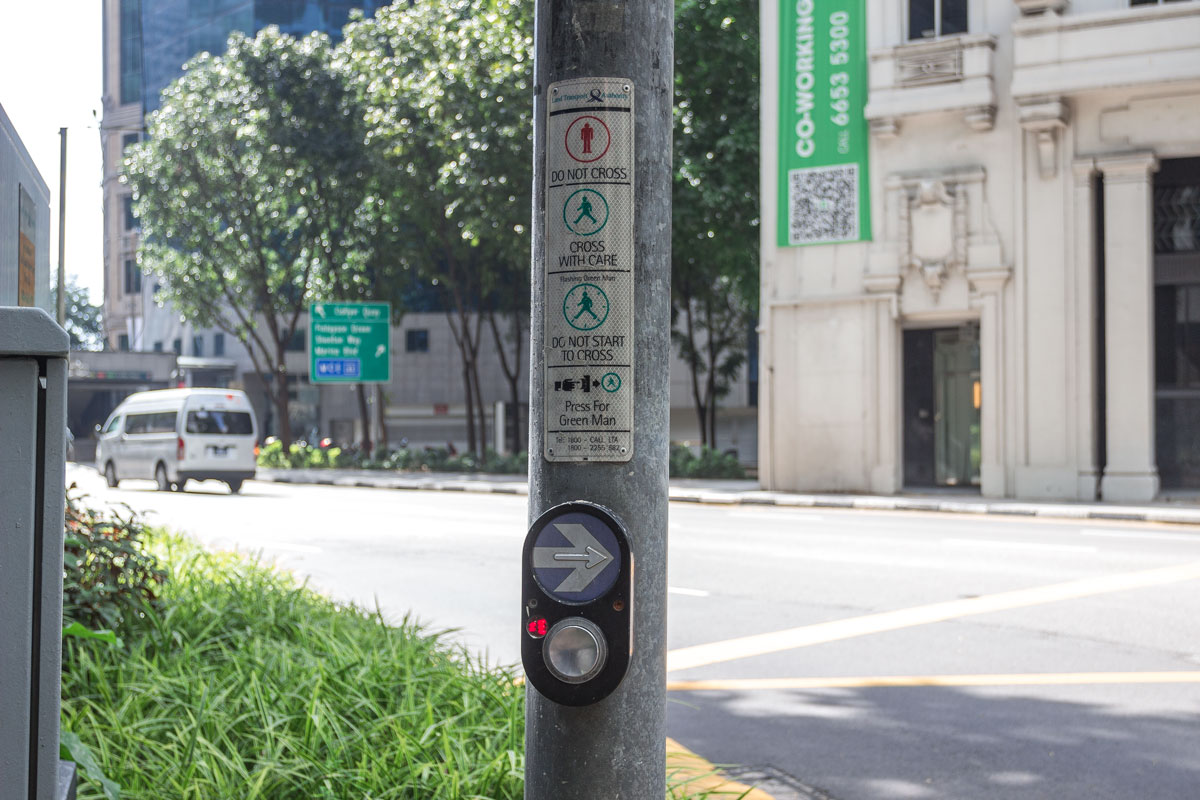
Another instruction. Next to the construction site.
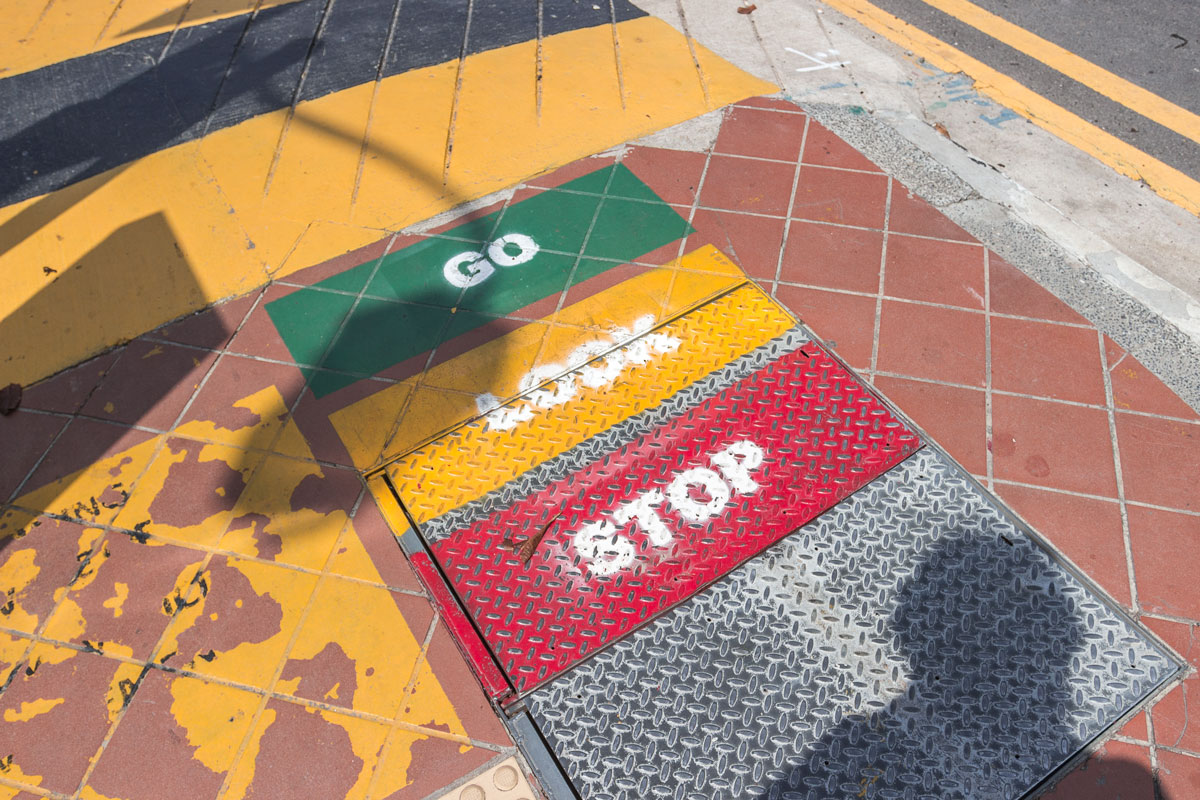
Crossing without a traffic light. Yellow lights are on in the evening.
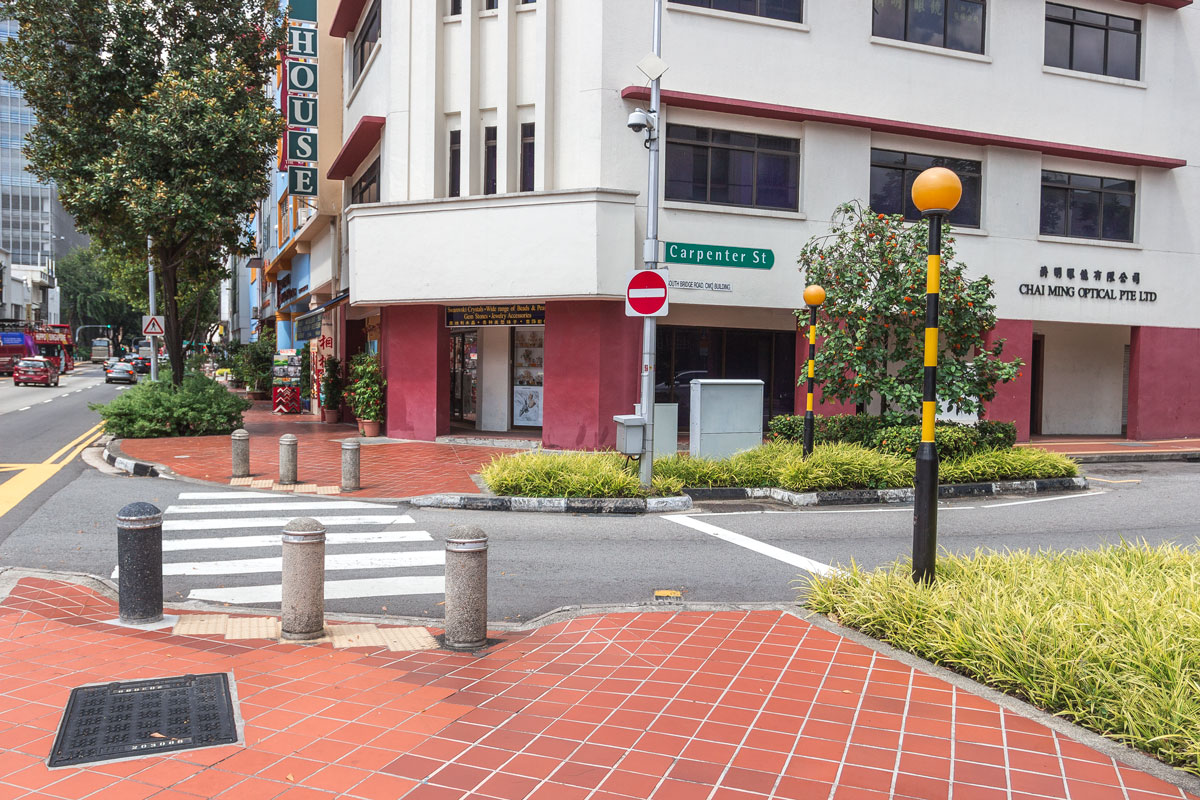
Signs saying “Do not cross the road.” Arrows indicate the nearest pedestrian crossings.

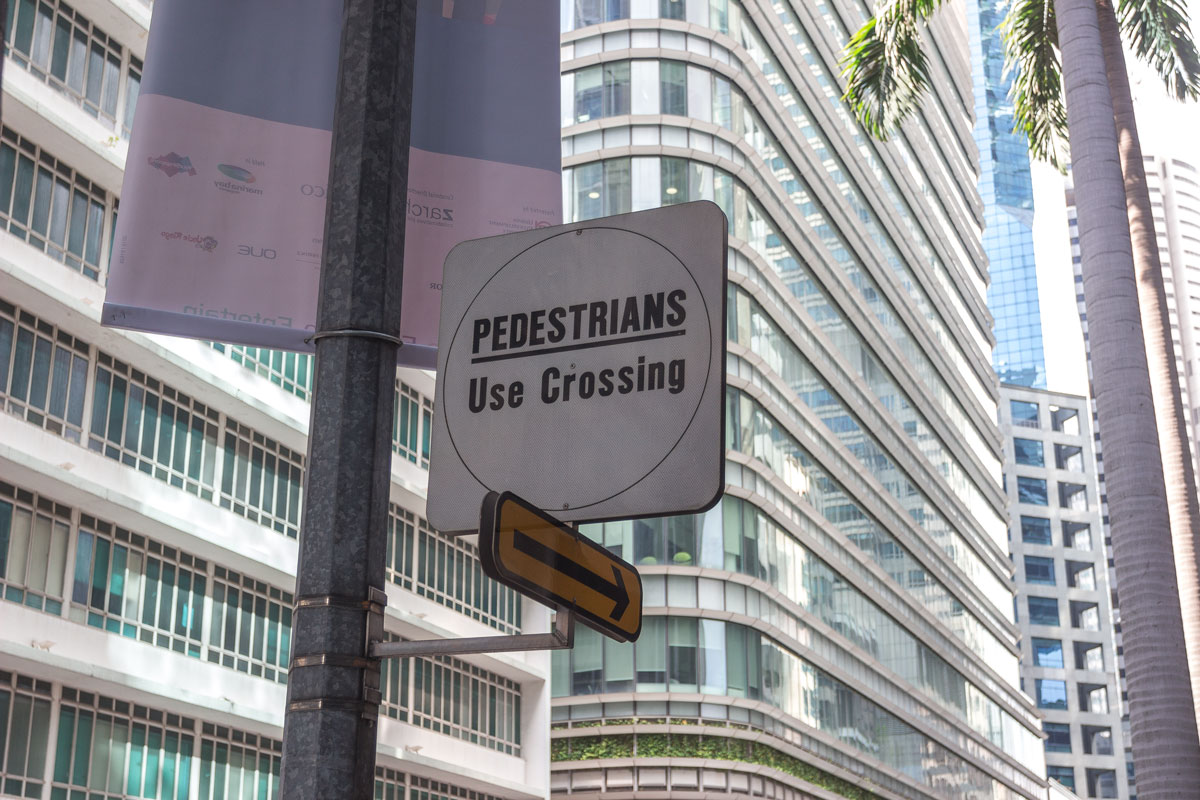
Sign saying “No skateboarding.”
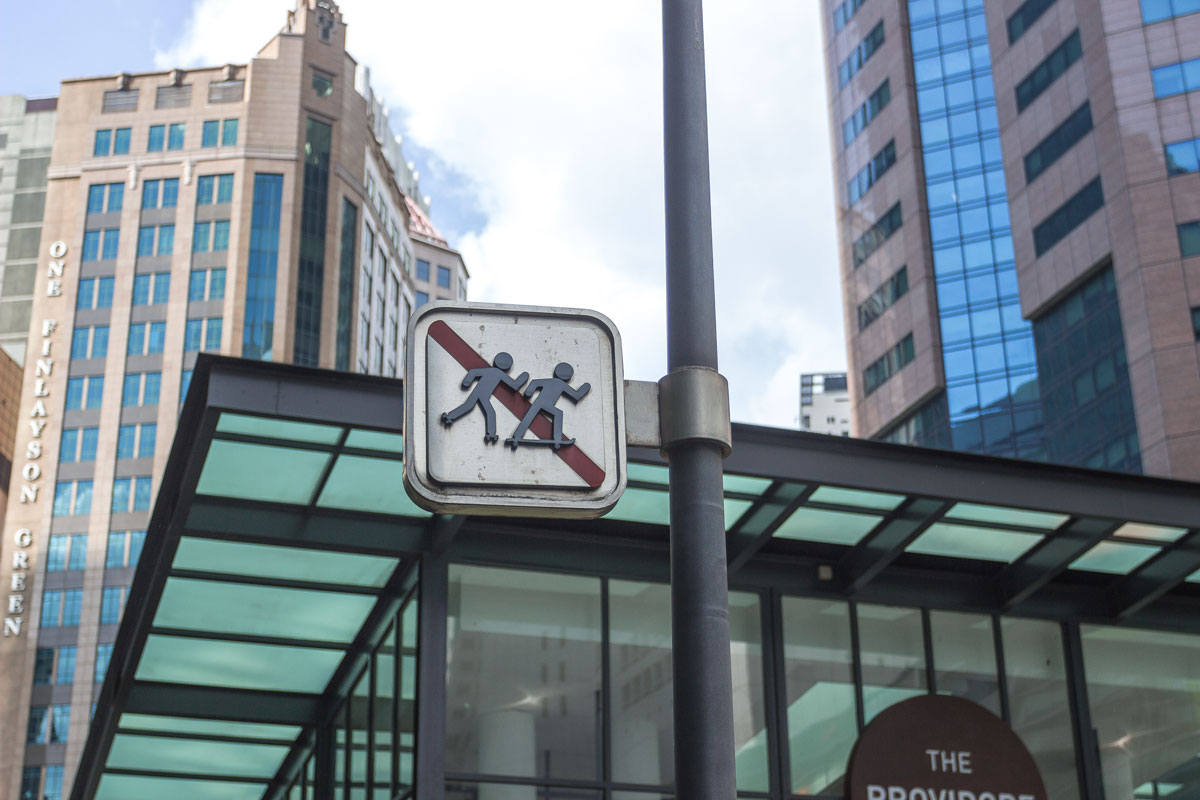

Sign indicating “Free bus” at the subway exit.

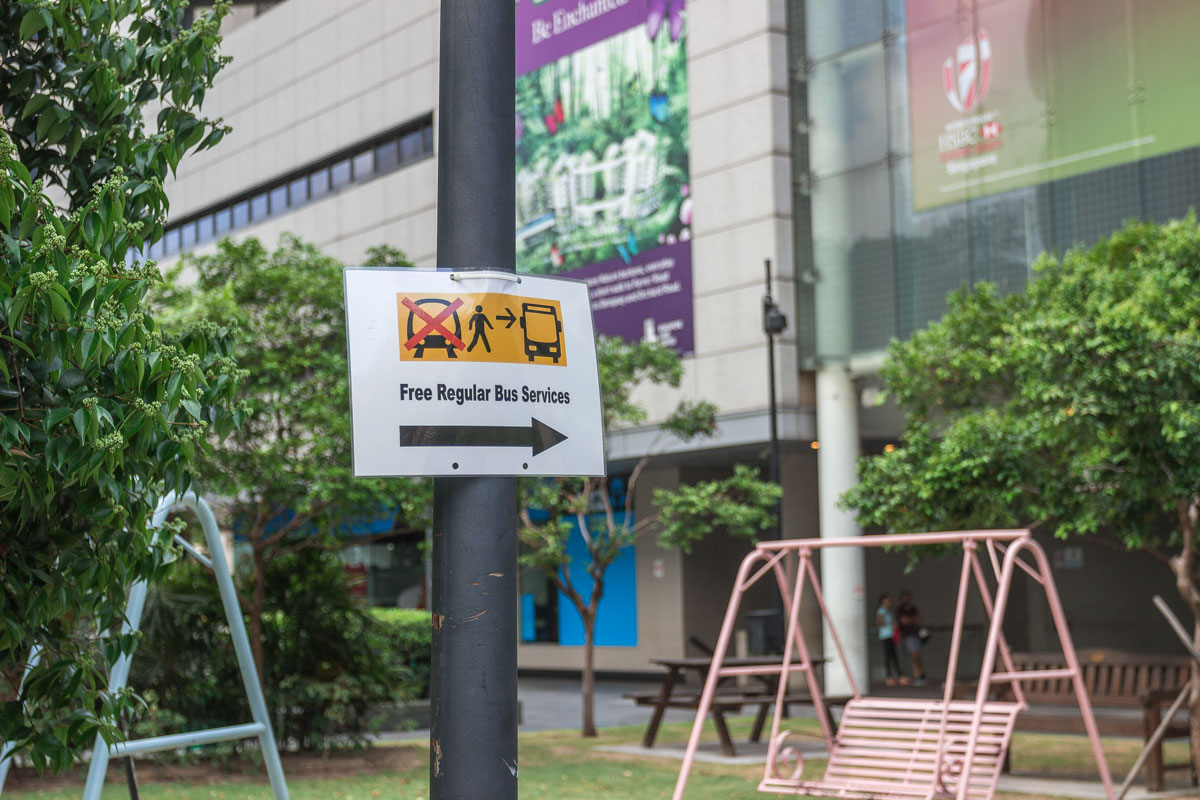
Double-decker buses. I told you: London.

Bus stop.
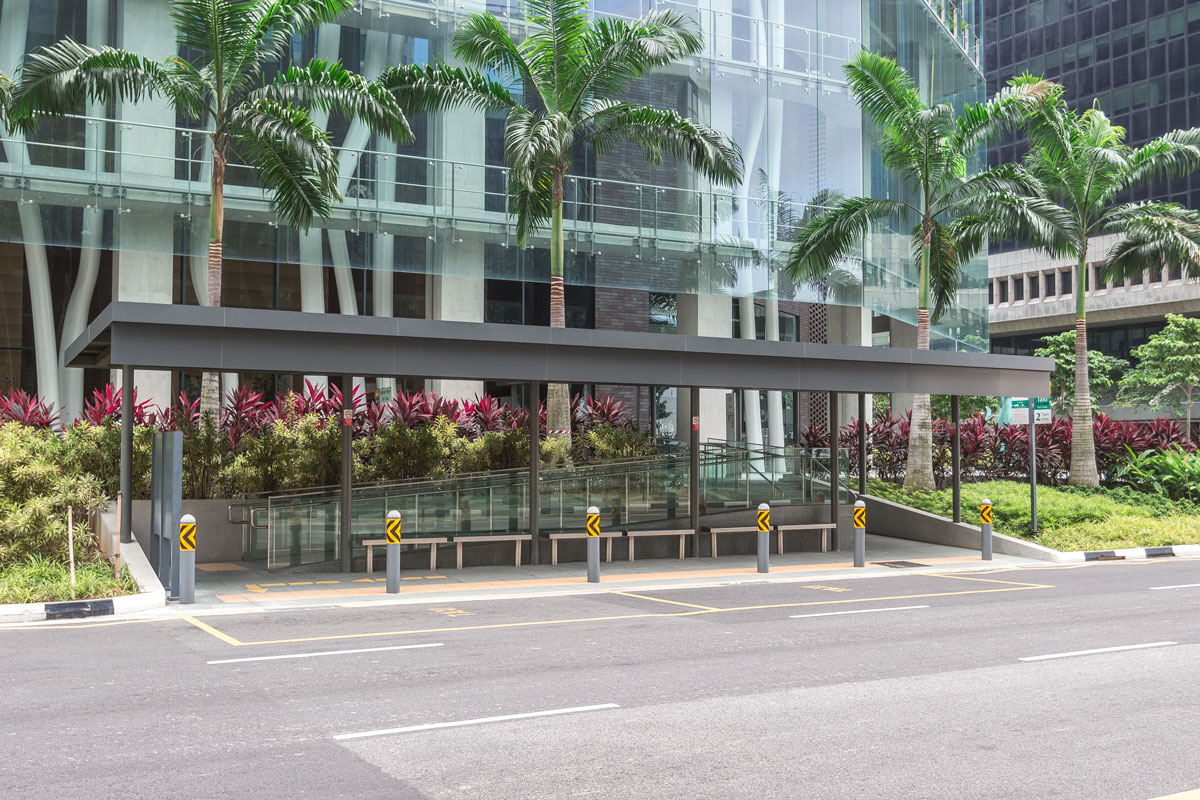
Schedule. Below is an explanation of the routes: for example, bus 542 will stop operating from February 22, and it will be replaced by bus 543.

Signs saying “Dismount from bicycle or motorcycle.” There are many places in the city where cycling is prohibited, such as pedestrian crossings and passages under bridges.
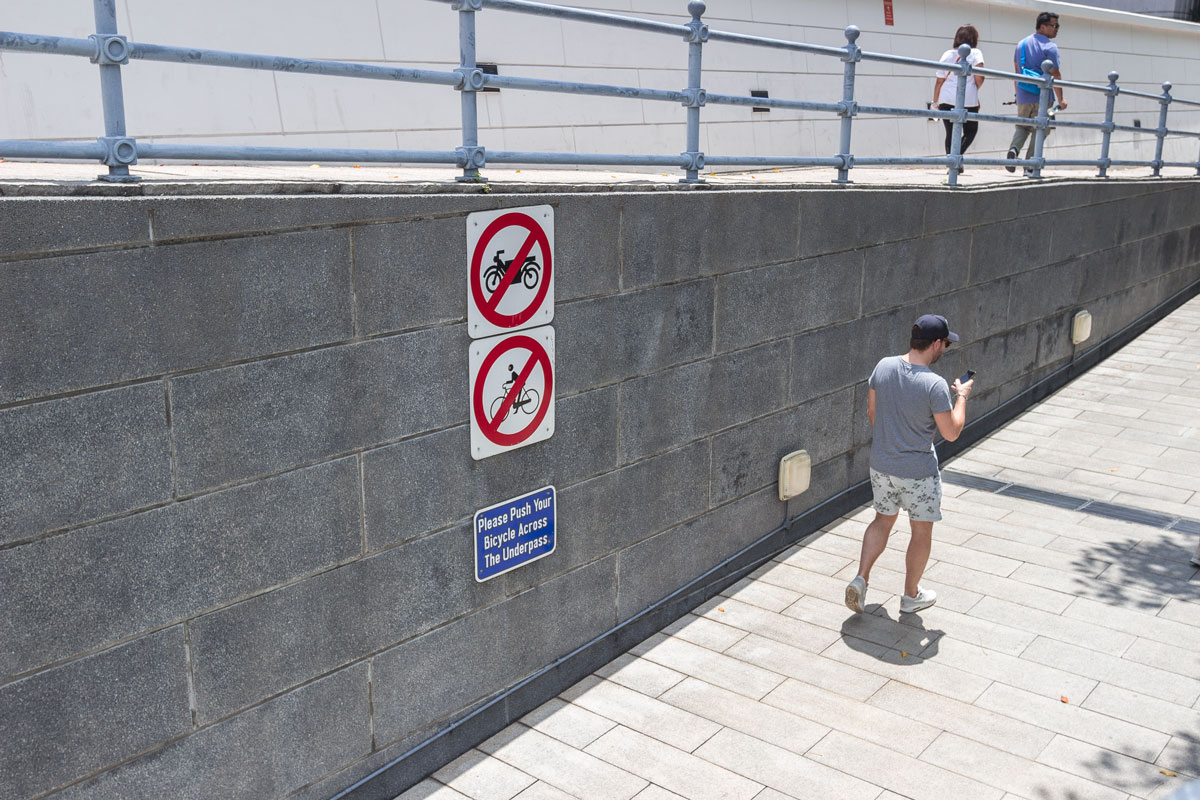
Amusing sign: “Caution, barrier ahead.”

Sign: “From 1 April 2015, consumption of alcohol in any public place is prohibited from 10:30 PM to 7 AM.”
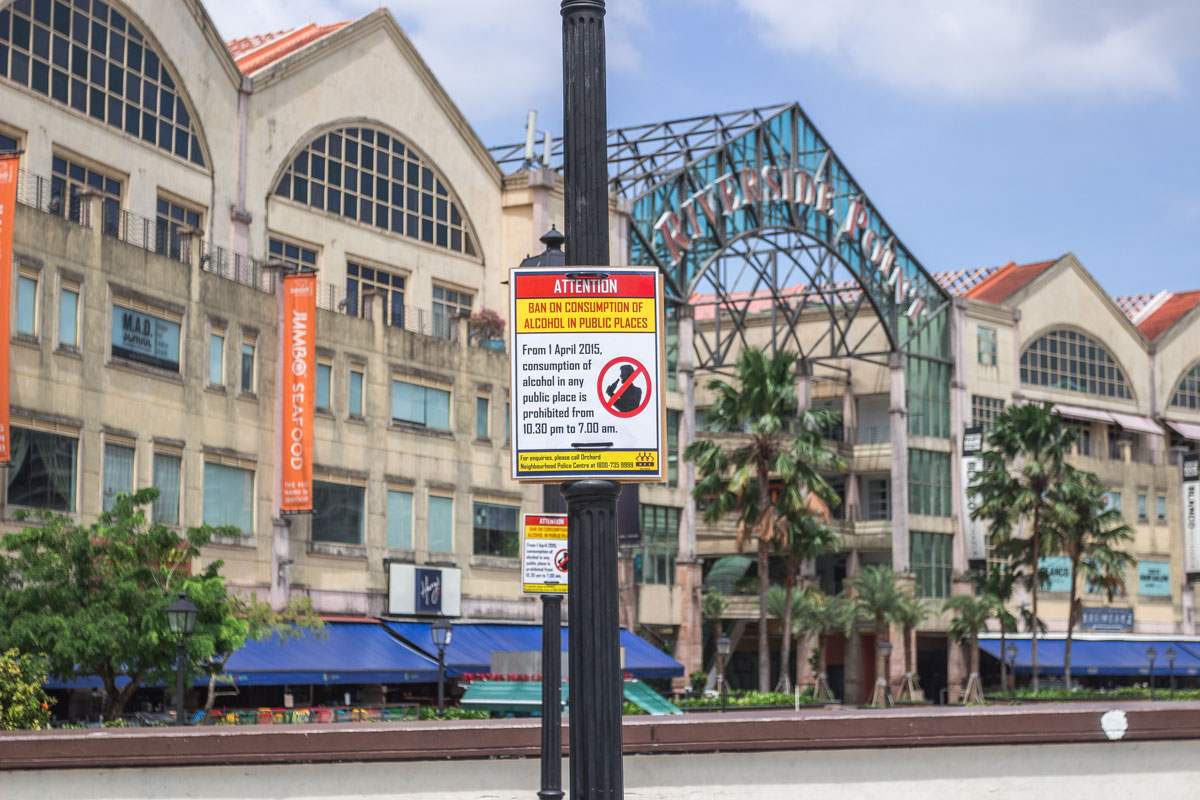
Manufacturer’s signage of Lycorpole, the street lamp manufacturer. Each lamppost is labeled with a serial number, year of production, and height in meters.

Labels are embedded in the curbs indicating the route of the electrical cable.
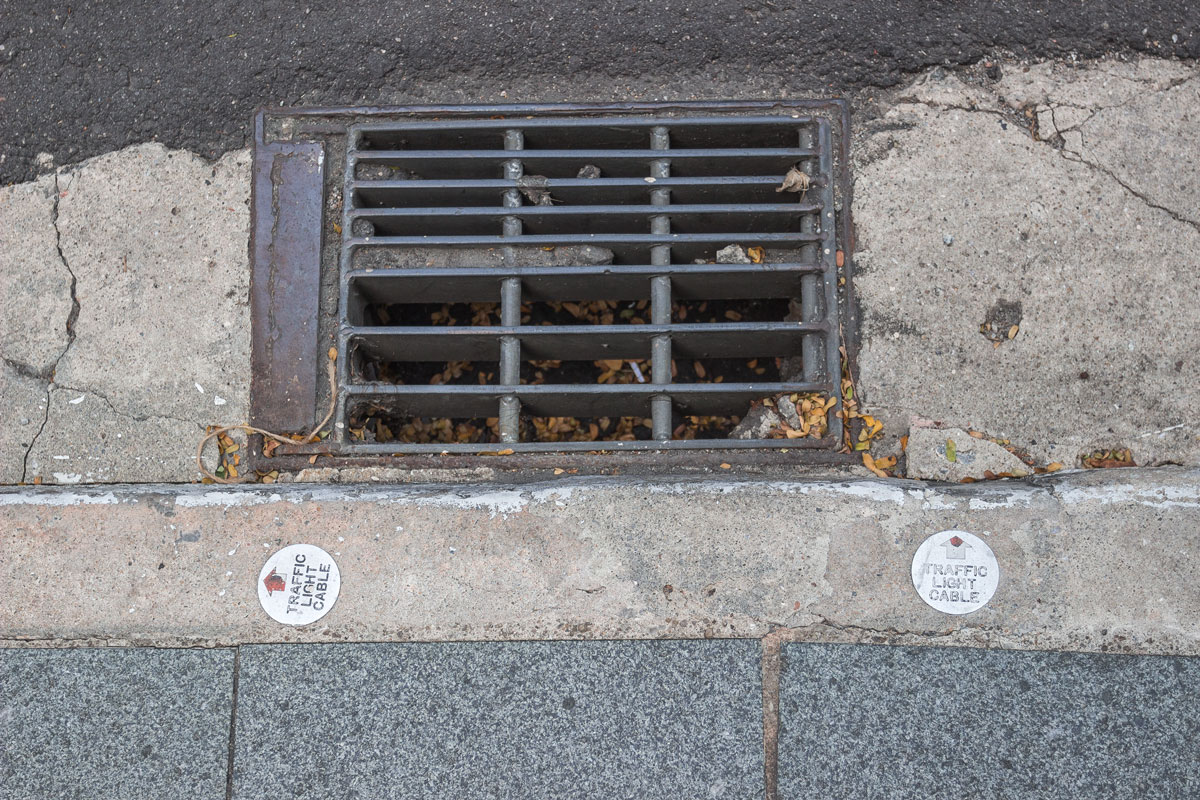
Fire hydrant.

Mailbox. Two compartments: the left one for Singapore Post, the right one for international mail.
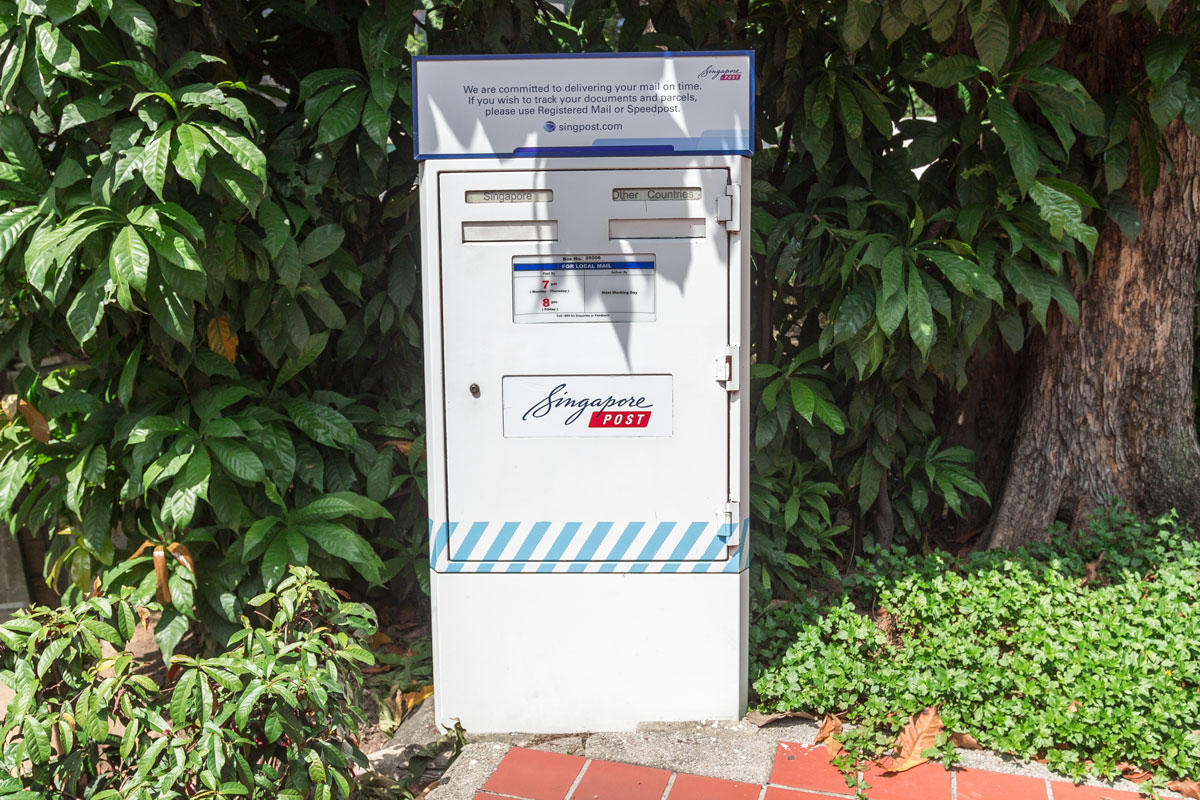
Special ropes for tree growth correction. They pull the branches to enhance shade from the crown.
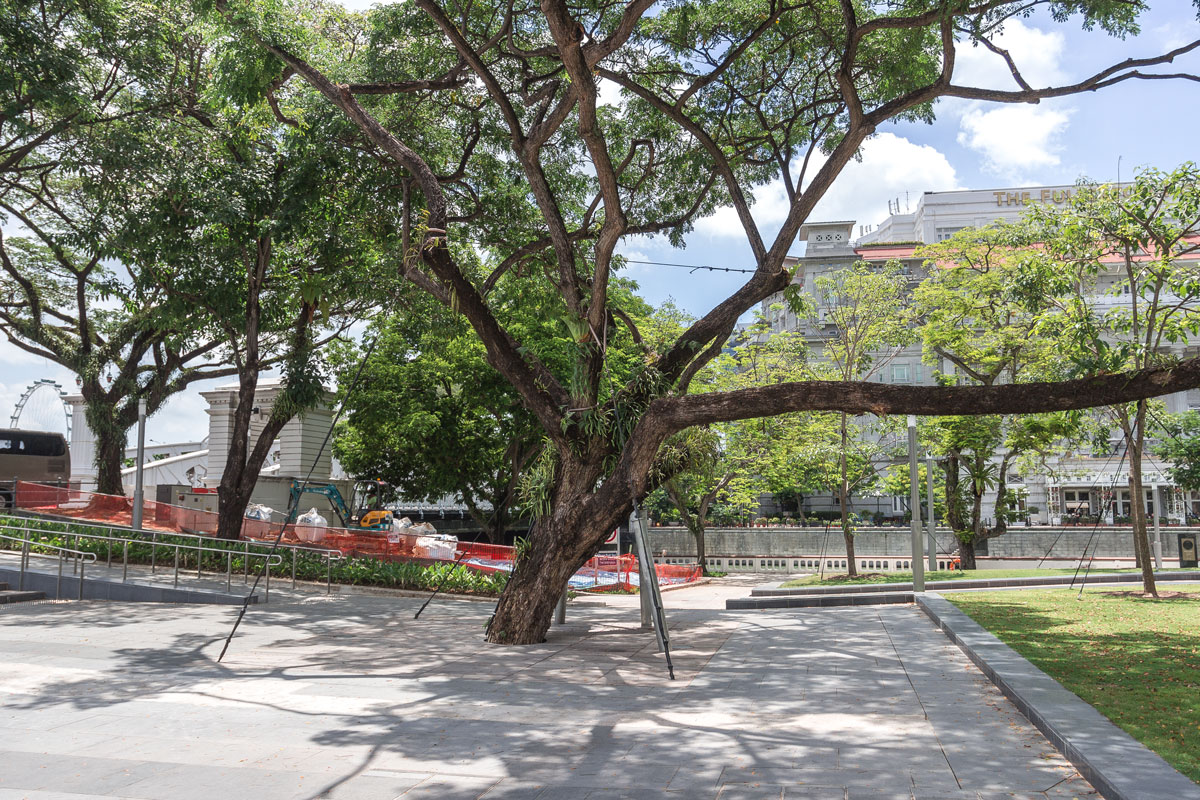
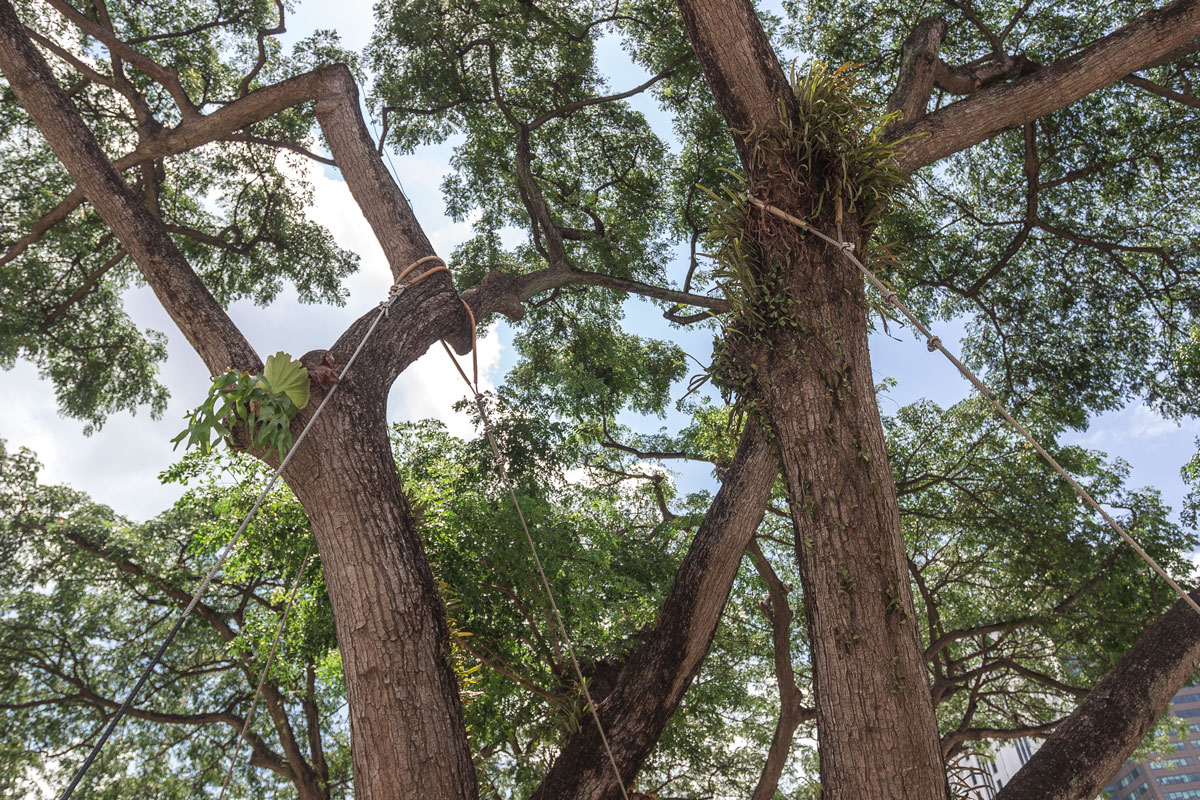
Lawn replacement in the park.
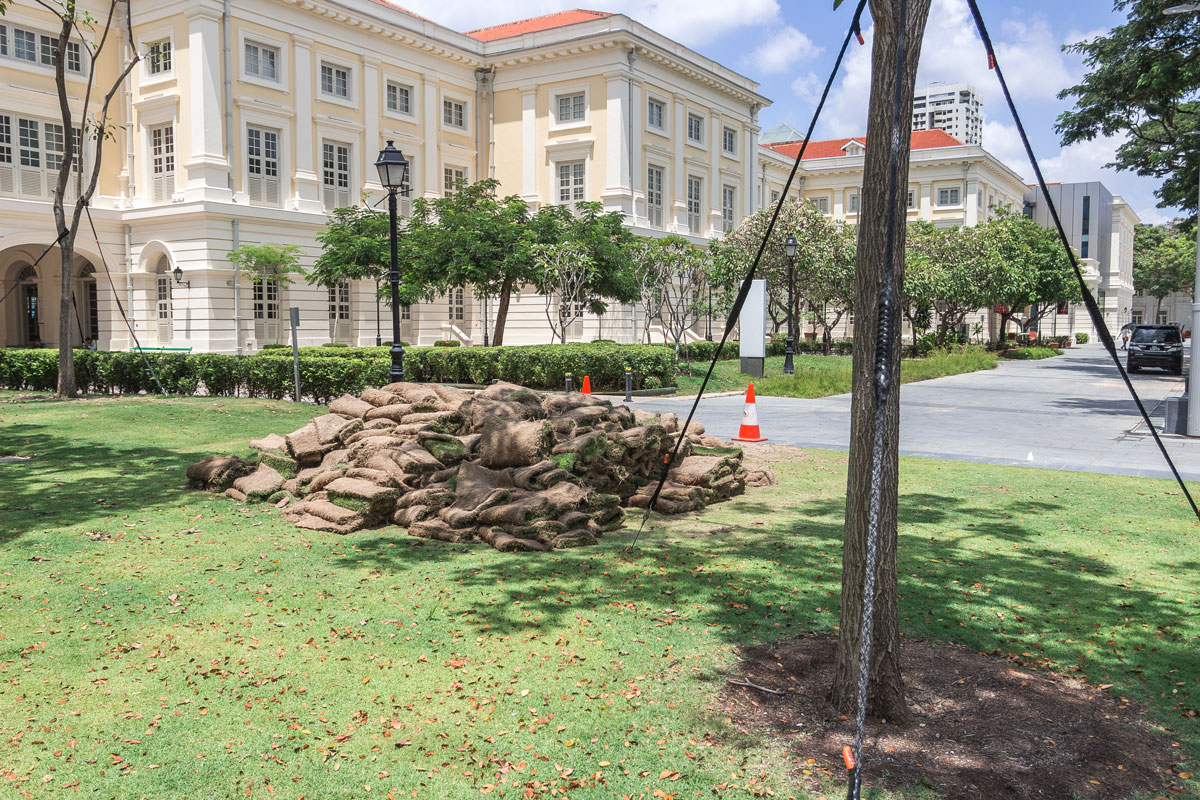

Trash bins and smoking stands.
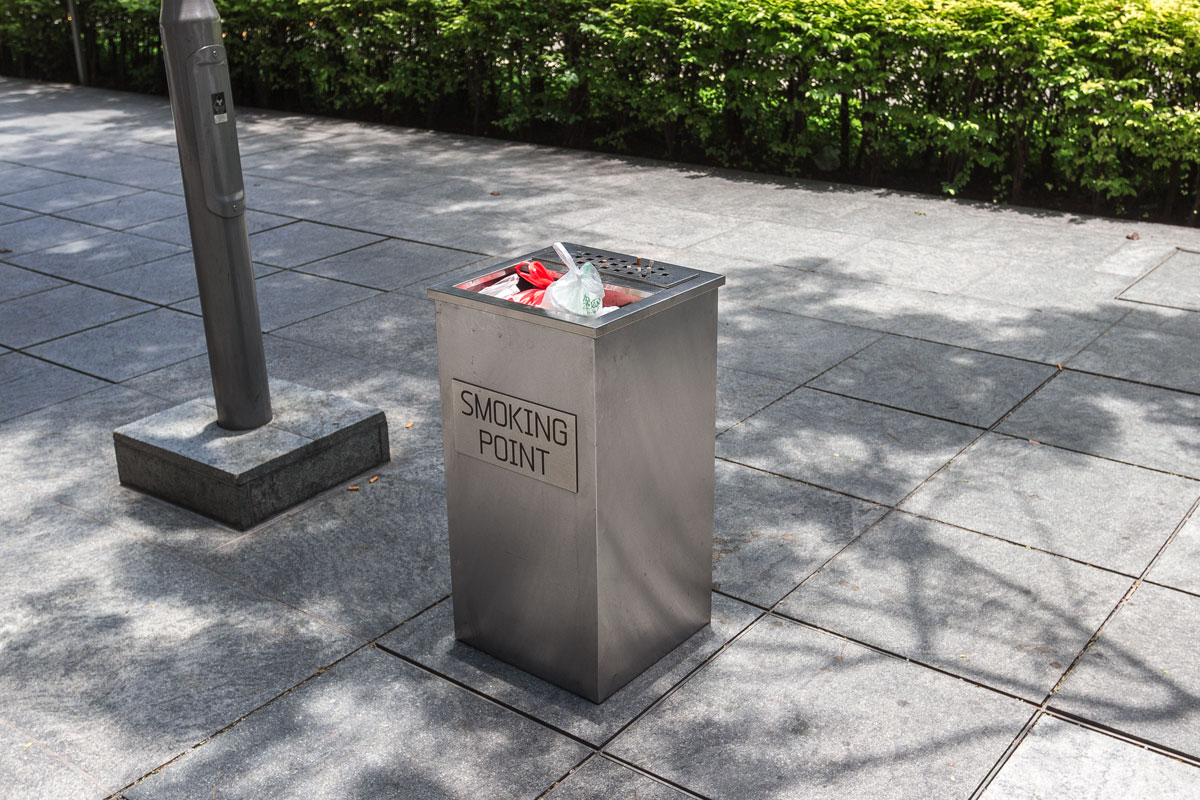

Bicycle lane. I haven’t noticed any dedicated bike lanes in Singapore. Cycling is simply allowed wherever possible, and in some places, an additional marking is made on the sidewalk. The signage is precisely embedded into the pavement.

Parking. The cost of parking is 1 Singaporean dollar per half an hour during the daytime, 50 cents at night and on holidays.
In general, Singapore has very strict rules for cars. One could write a whole book about the automatic road pricing system ERP, vehicle purchase licenses, and the EMAS traffic management system. There is nothing like it anywhere else in the world. Singapore is an absolute leader in traffic congestion-fighting technologies.

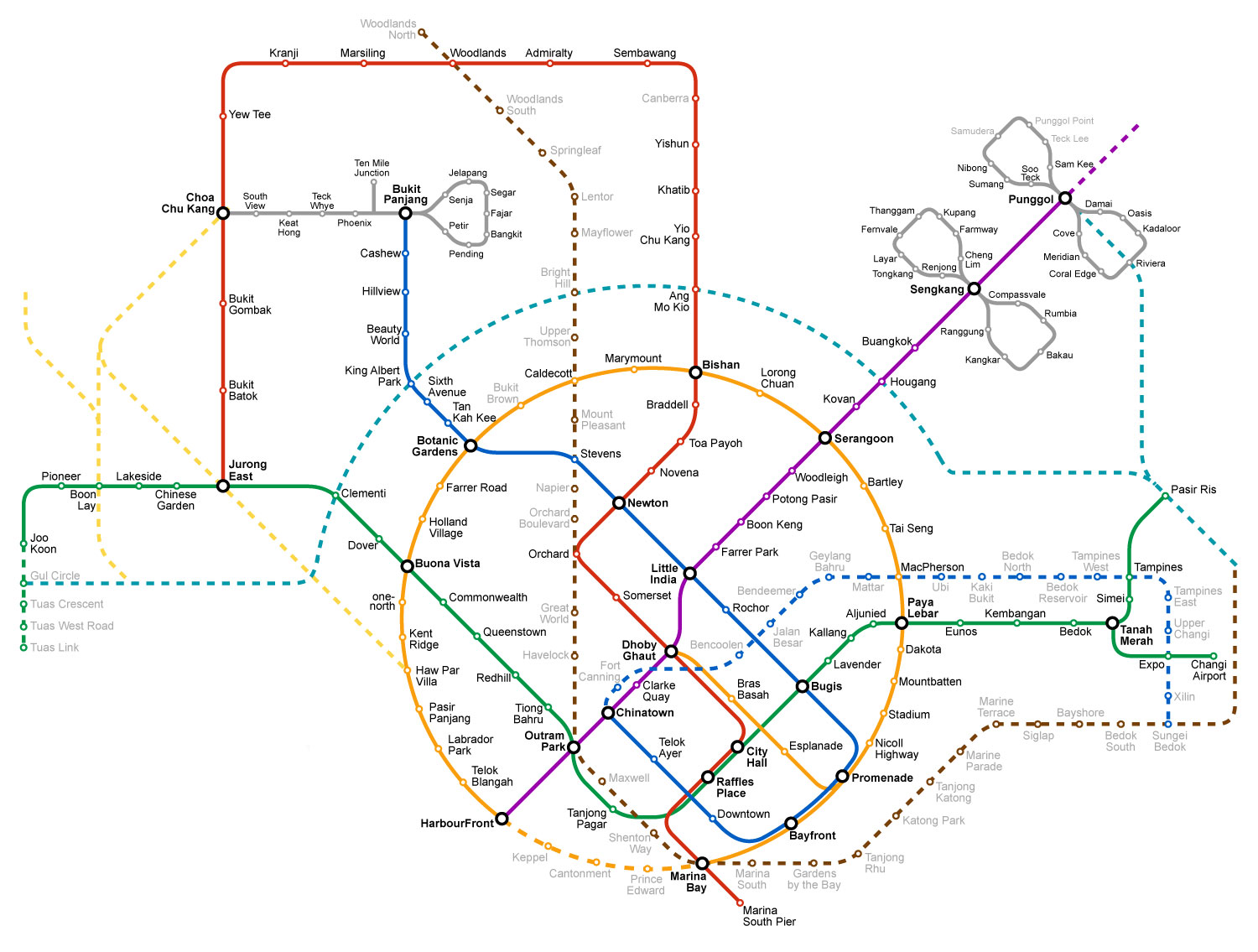
Singapore is designed not for cars, but for people. Every pedestrian crossing is equipped with everything imaginable, from tactile tiles for the visually impaired to ramps and reflective coatings on poles.

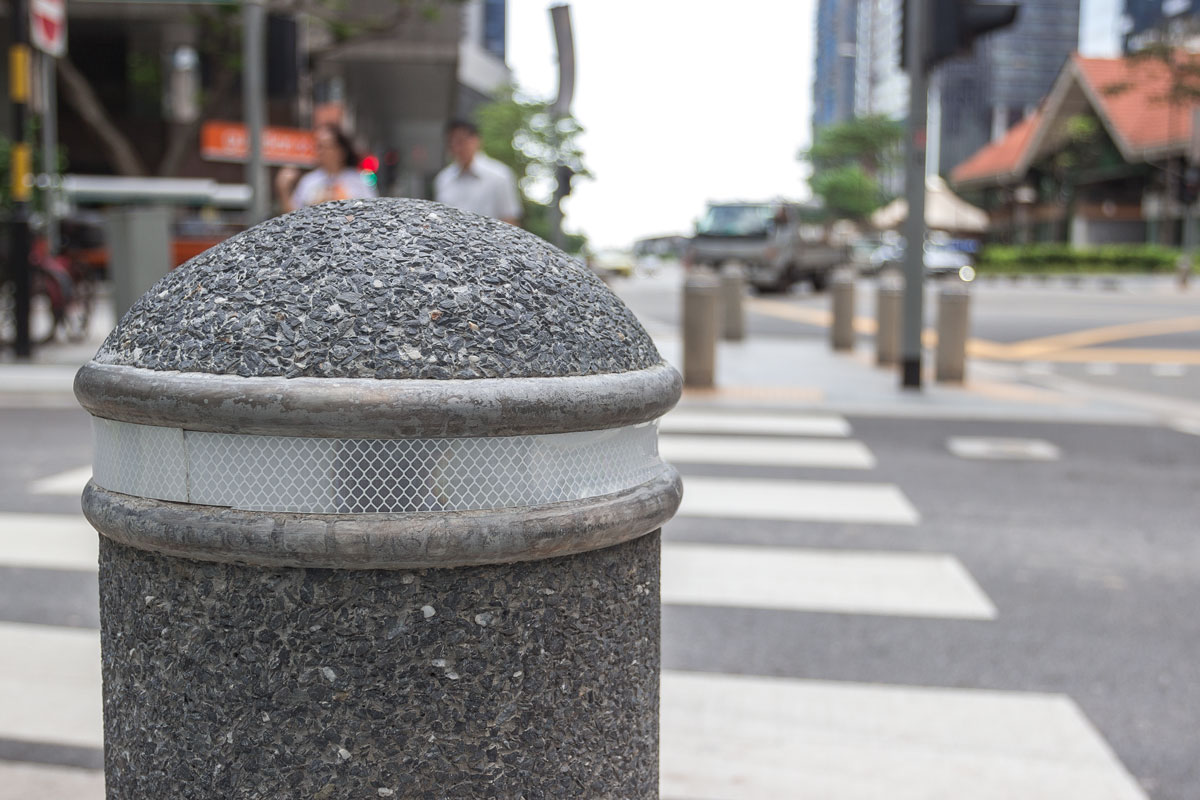
You can cross directly through the intersection.
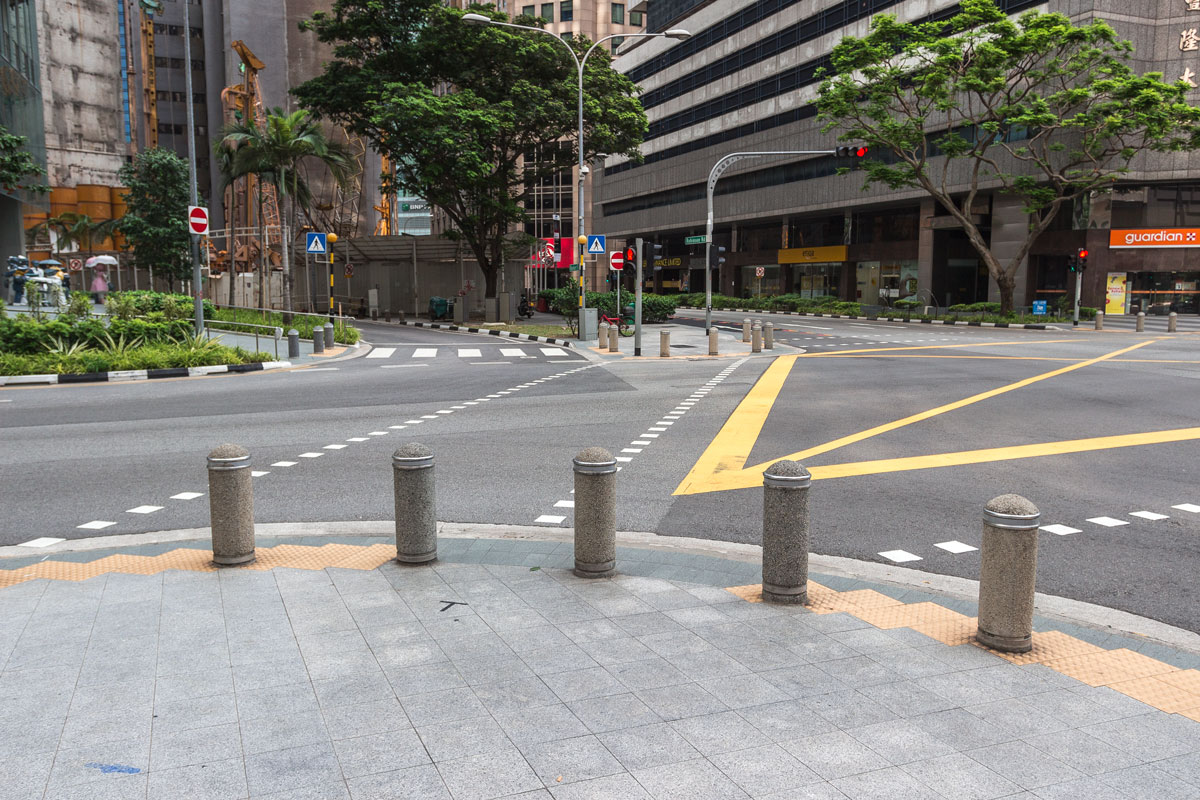
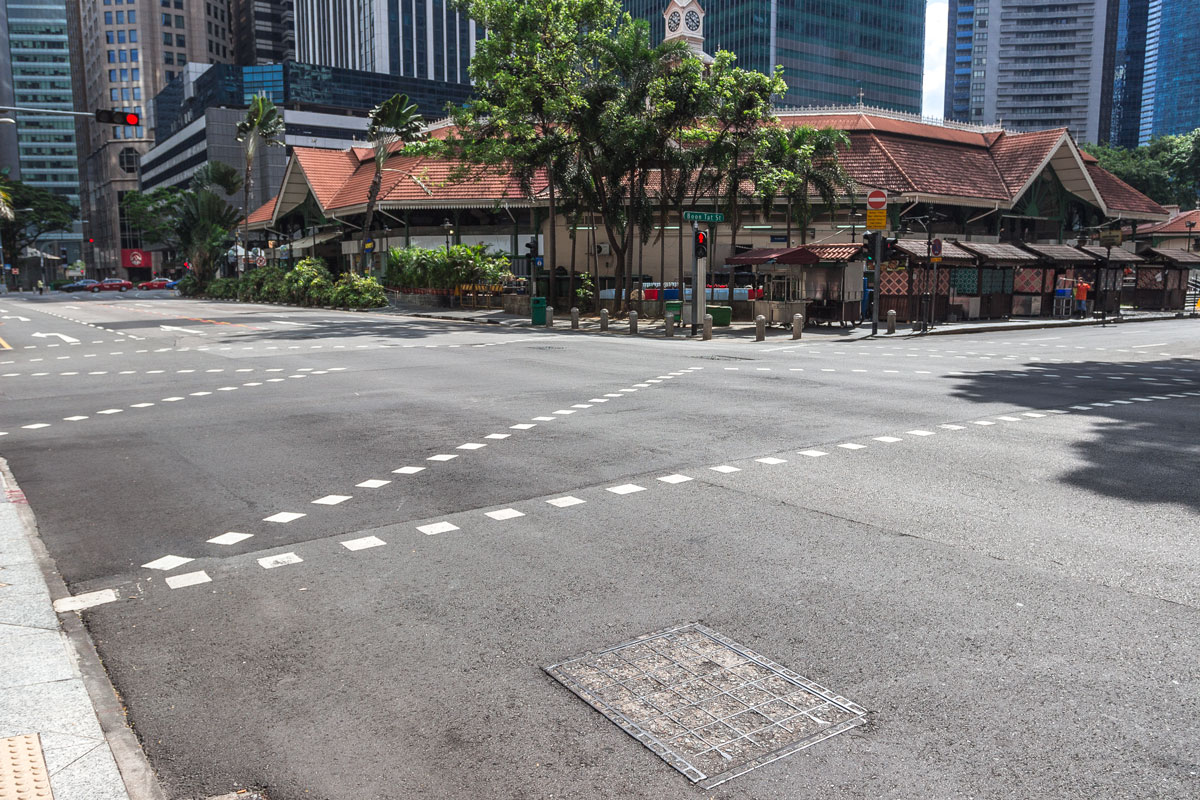
Rare underground pedestrian crossings in the city are polished to a shine and typically integrated with the subway.

The entrance to the underground station, one of the central stations, is Raffles Place.

Singapore has an excellent metro system that, once again, draws inspiration from London in its design.
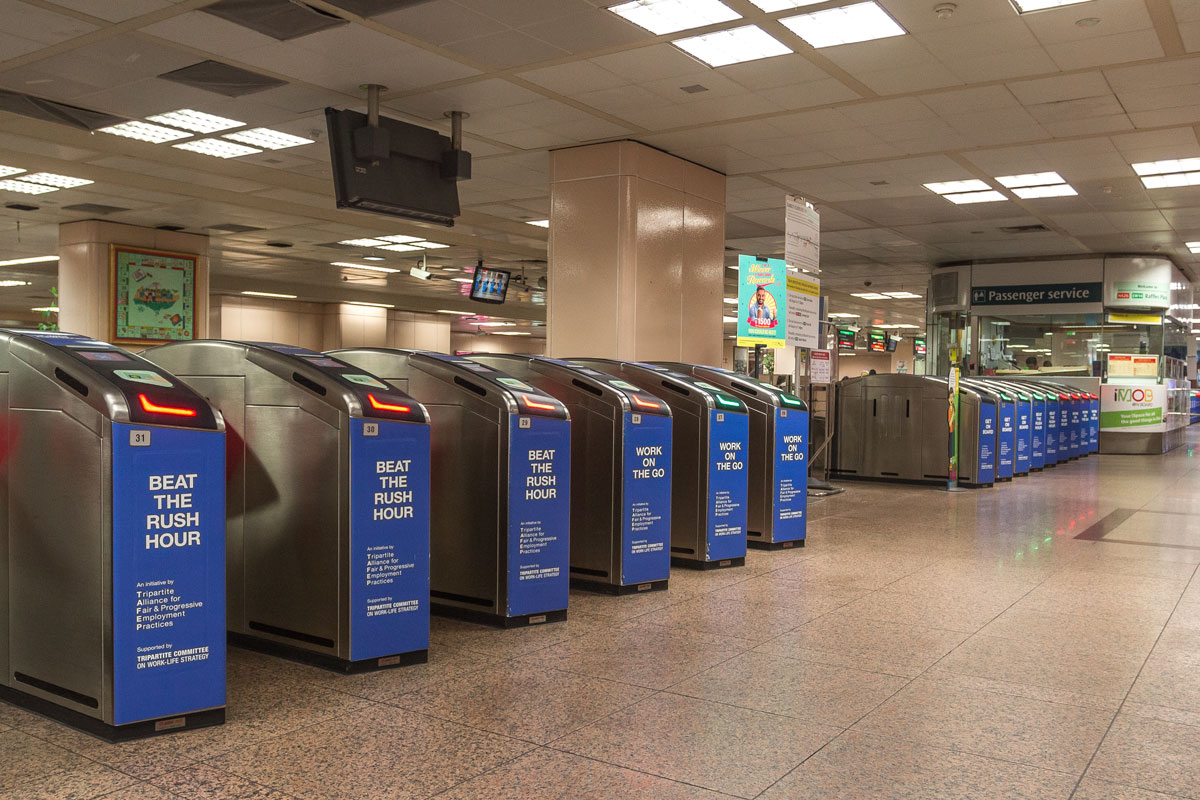
The fare depends on the starting and ending stations. The farther you travel and the more transfers you make, the more expensive it becomes. A single ticket costs between 80 cents and 2.5 dollars. Discounts are available for students, seniors, and transportation workers. Season passes are also cheaper.
Everything is in place. The only thing that is missing is an hourly system. In London, the fare price varies depending on the time of day. It is significantly more expensive during peak hours. Singapore does not have such traffic congestion issues, and the fares are the same at any time.
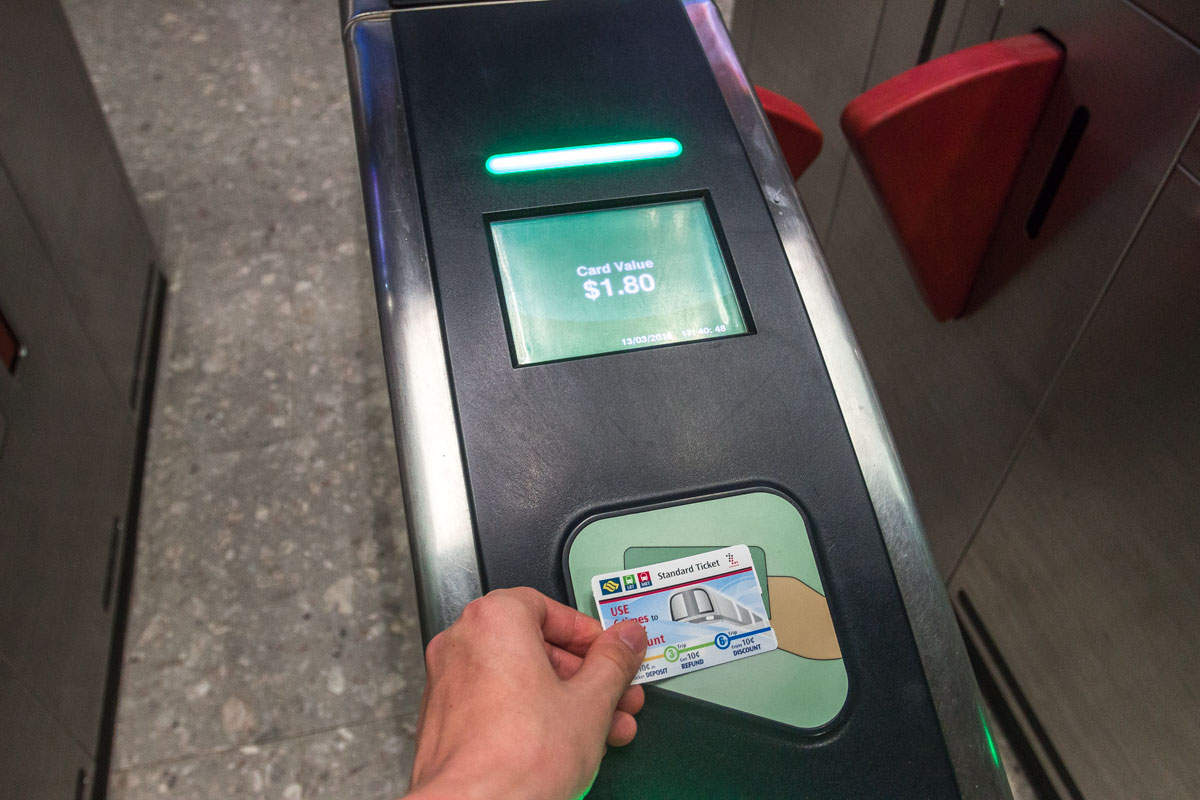
The coolest payment terminal. You can select the destination station directly on the map, which can be zoomed in using your fingers, just like on a tablet.
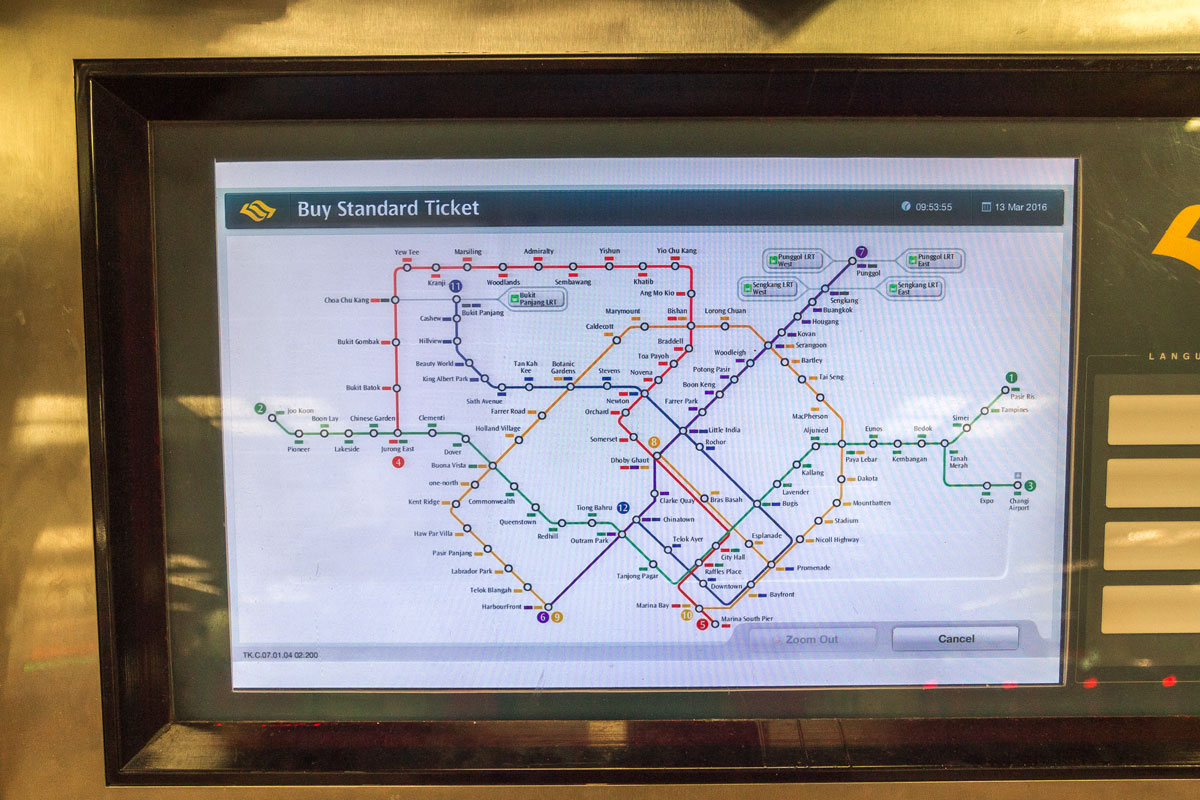
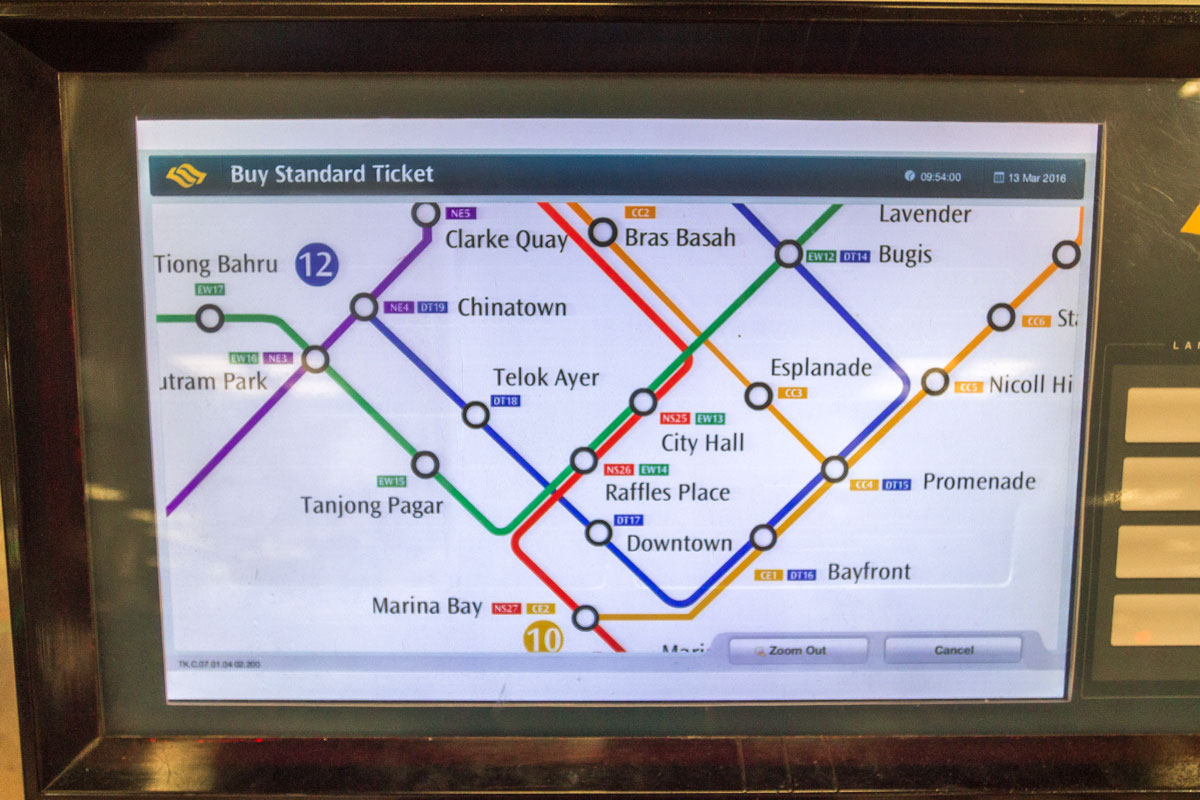
The metro has excellent navigation. Signs and indicators are literally hanging at every step, within sight from anywhere on the station. It’s a typical story: in the Moscow metro, the author constantly gets lost, confused, and ends up going in the wrong direction. In London, Singapore — you navigate through transfers as if it were second nature, as if you’ve lived here all your life. Everything is logically arranged.
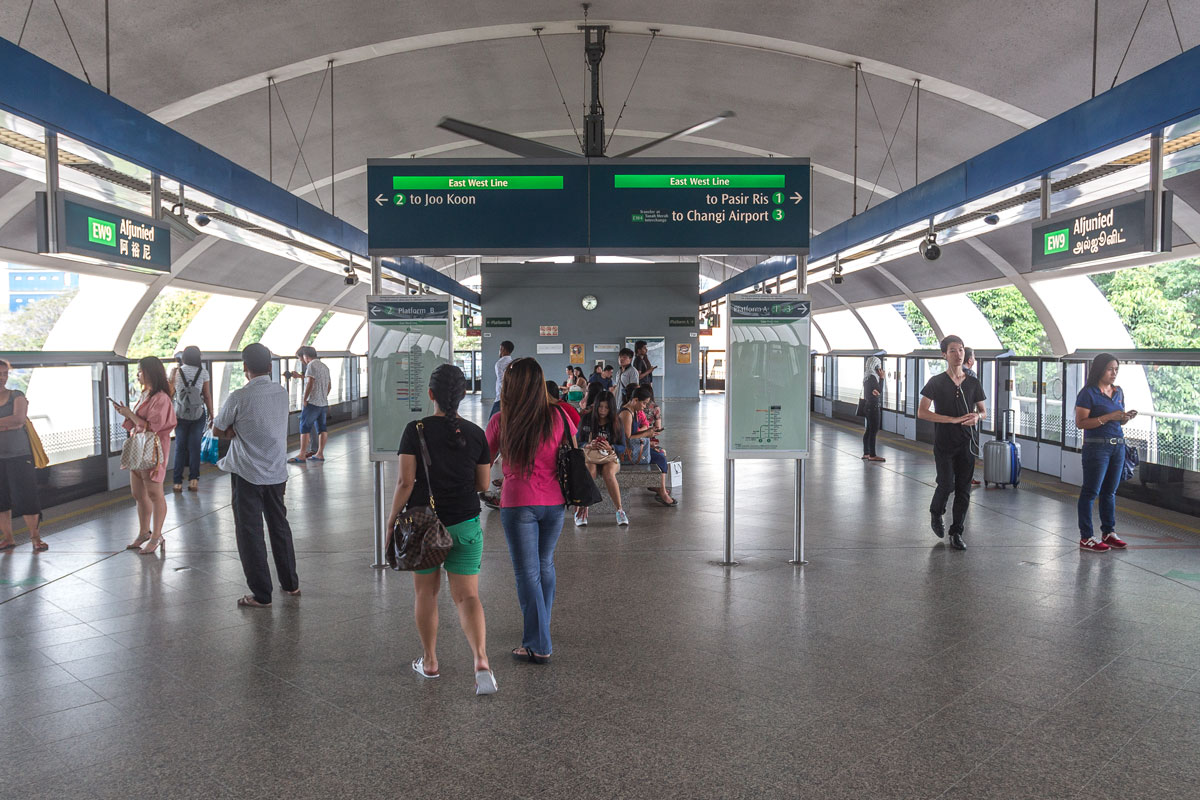

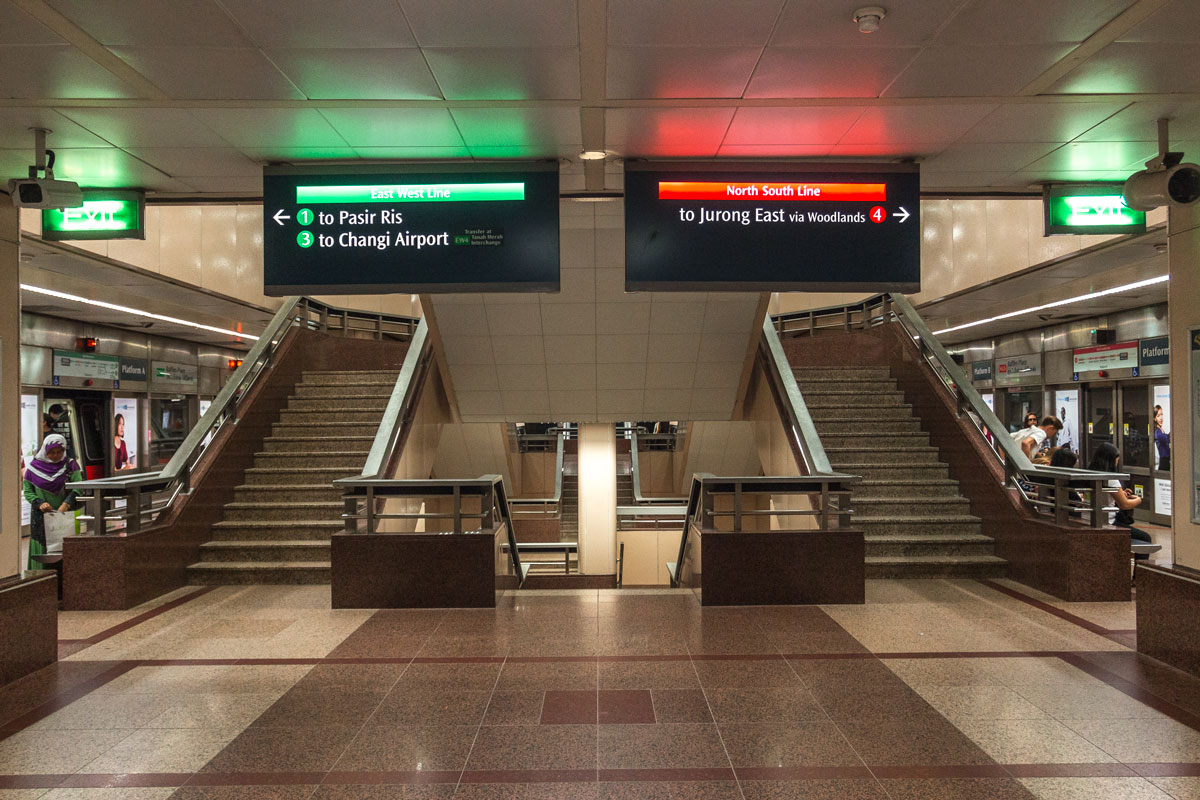



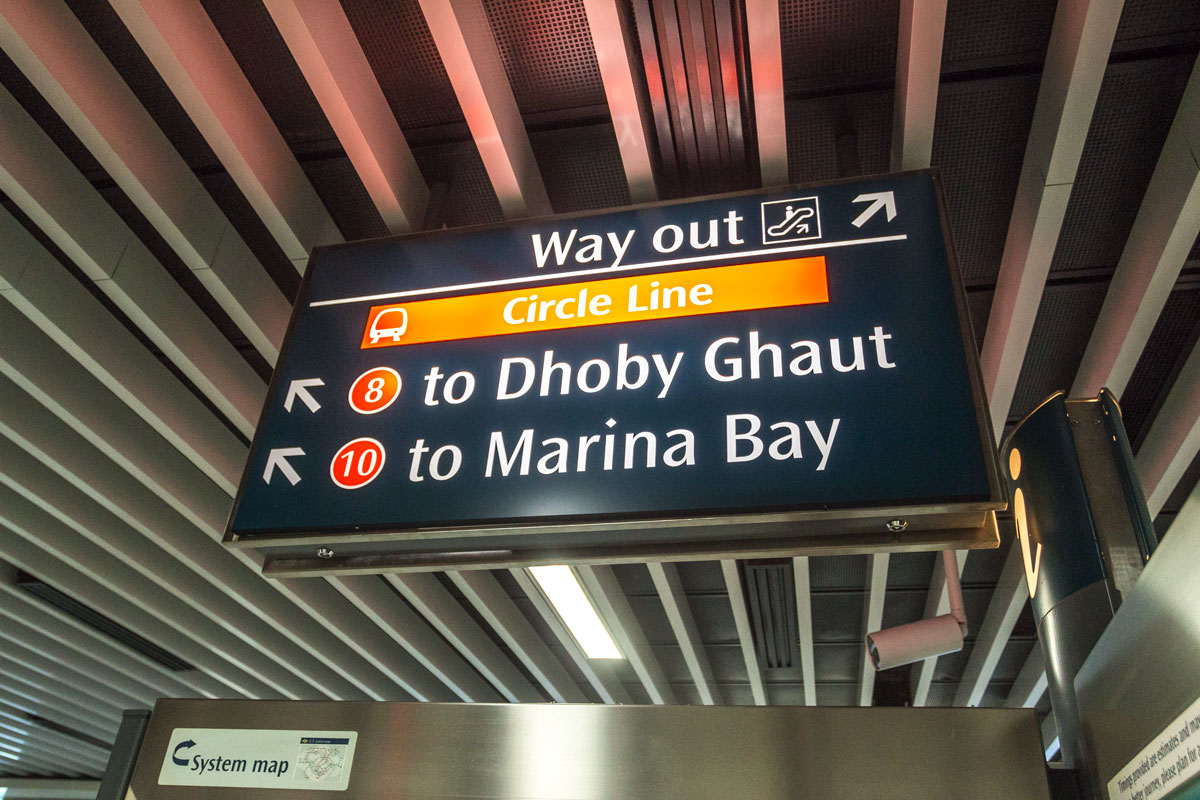
Announcement. From Sunday to Thursday, trains will end their operation half an hour earlier, plus a detailed explanation.
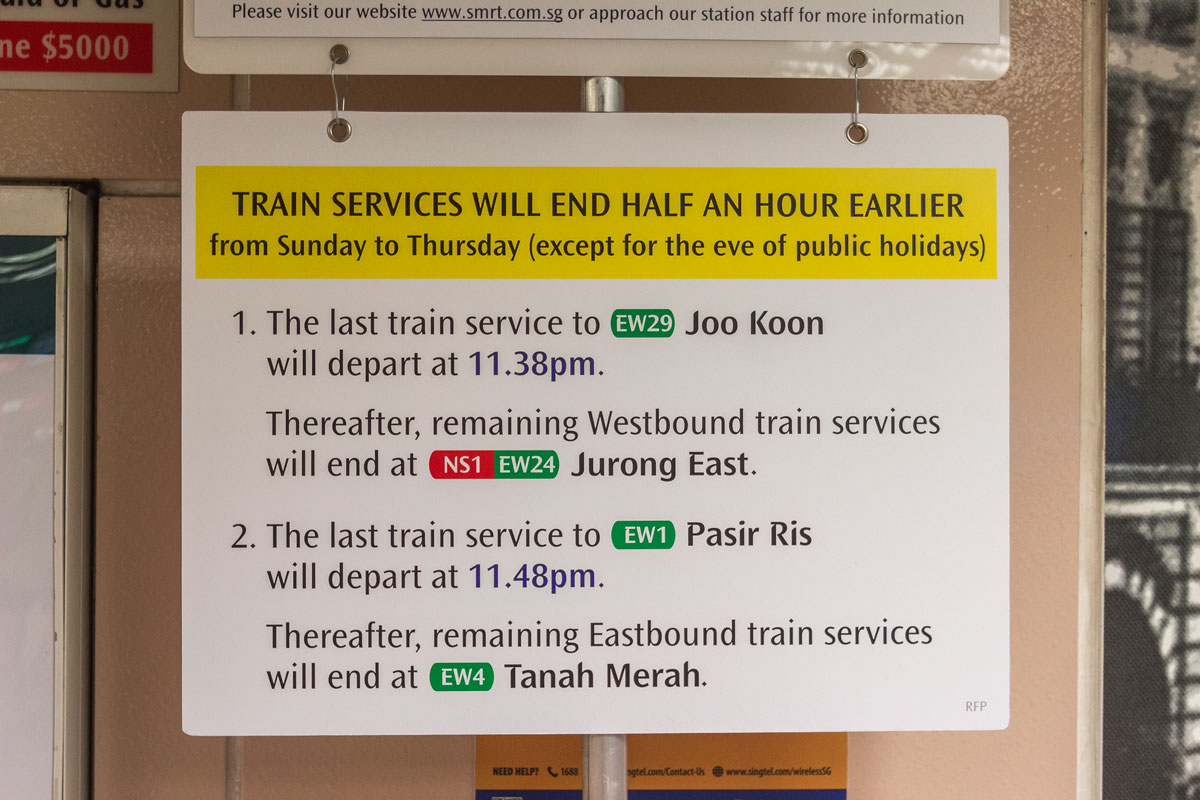
Wagon.
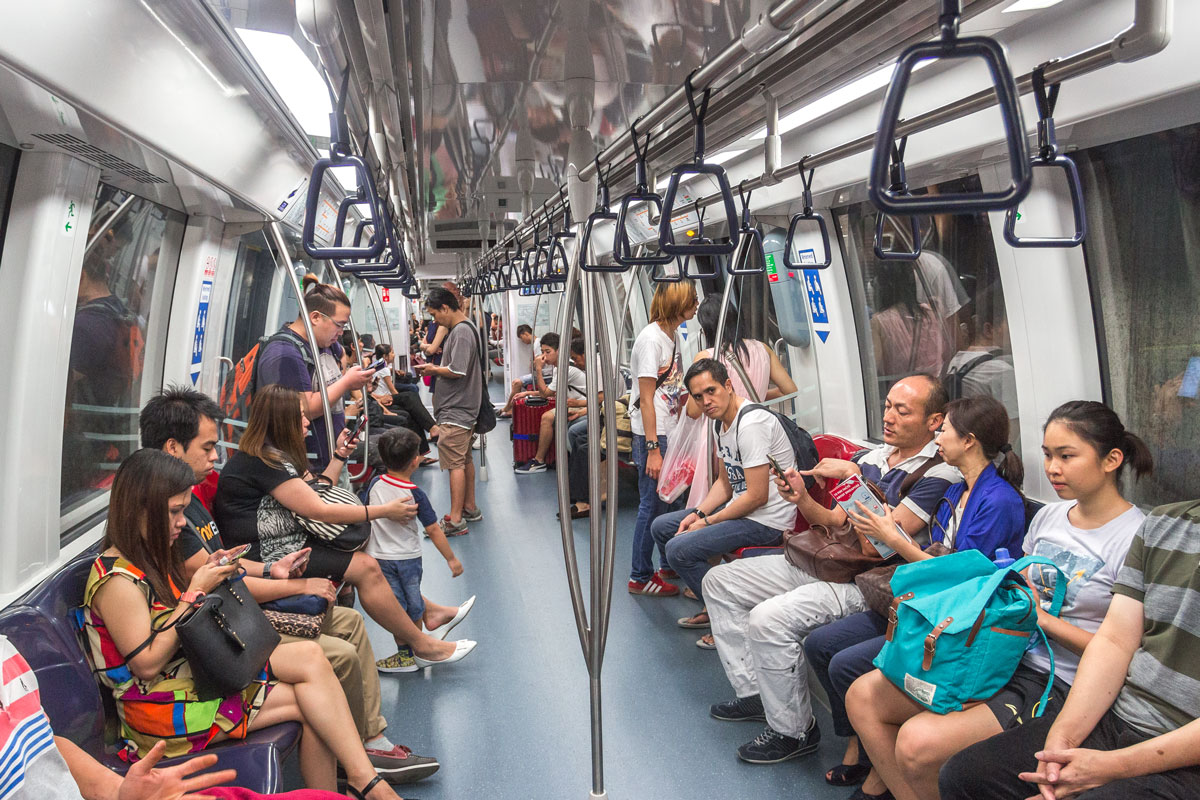
Great hint in the train cars. Above each door, there are two indicators showing which door to exit for the station.

These were Singaporean details. They can be talked about endlessly: the city is literally adorned with details, they are everywhere here. However, it’s much more interesting to take a closer look at the city. That’s what we will do in the next chapter.


